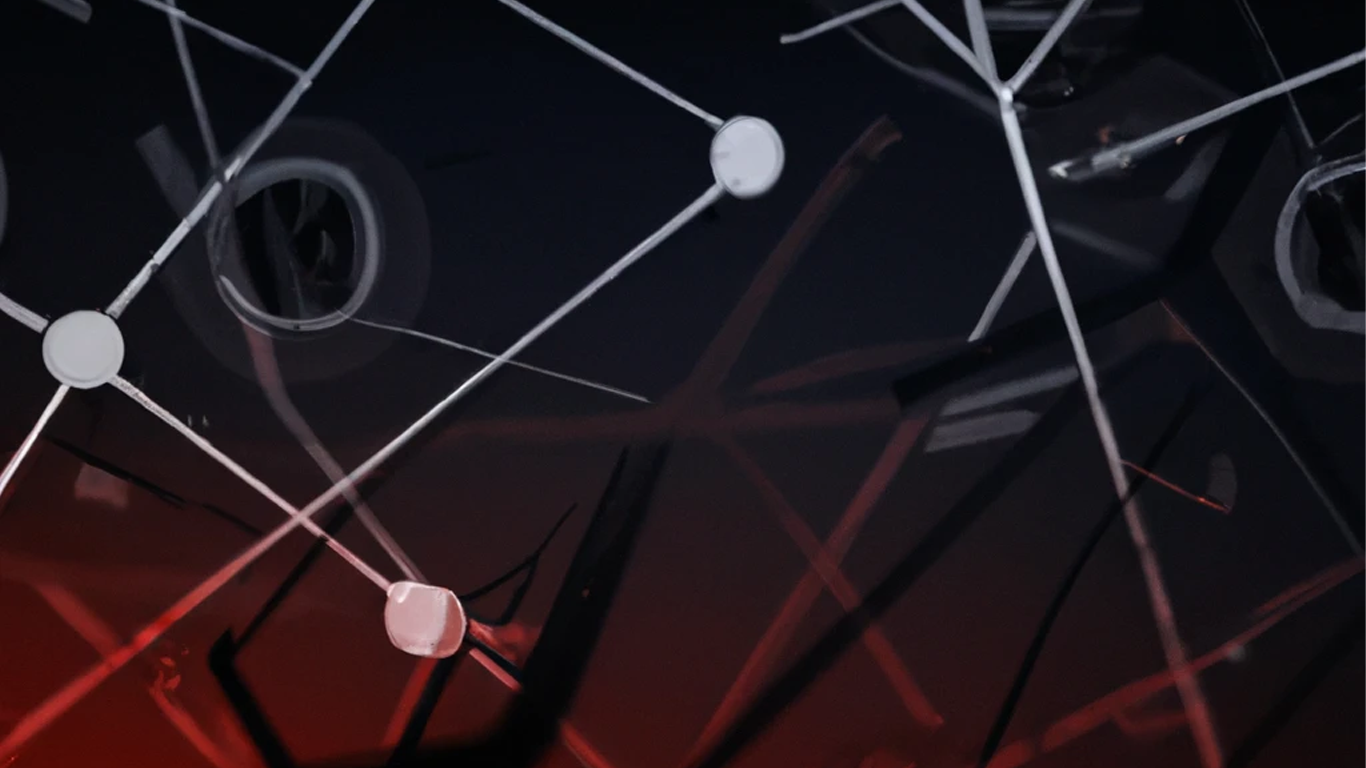1000 Blog Posts

This blog is now 18 years old, with nearly 1,000 posts.
It’s older than Facebook and Twitter, for example. I started it when I was still in college. It began as a place to collect my thoughts for a writing project, and a way to learn to code.
Along the way, I wasn’t just learning to code, but to use new systems as they came along. To name a few things I dabbled with: RSS and Google Reader, Blogger, Wordpress, Tumblr, Delicious, Flickr, Pinboard, IFTTT, Jekyll, and Hugo. Those are just the front-end! On the back-end I’ve learned PHP, MySQL, HTML and CSS of course, Regular Expressions, Bash scripting, and others. I use them all to find new ways to publish and share online. Many have come and gone. I’ve carried my posts, links, and photos across these platforms, always eager to see what new powers each of them might yield.
Looking back on it all, my first thought was, wow, what a mess! In my zeal to try new things, I scattered content across different platforms and let me tell you, the link rot was real. The design of my site has always been another perpetual experiment. I’ve always prefered to learn new methods here, and then to perfect them on websites for other people, leaving spaghetti code for me to live with in the wake.
So, I’ve redesigned, refactored, and regrouped. That’s when I noticed it. There’s more than 1,000 posts here!
What Have I Learned
Different platforms encourage you to create different sorts of content, in different ways
Tumblr, for example, is designed to be fast and very easy to use. In it’s day it was noted for being design-forward. I loved how it differed from sites like Facebook and Twitter, which only offer you a blank box to type in, or YouTube which only invites videos. Instagram is for photos, at least for now, but lately you can do short videos. Tumblr has, for years, invited many kinds of content, all of it very easy to post: video, image, longform text, a quotation, and it isn’t a stretch to combine for a gallery of videos, or a set of images. On top of all that, it’s extremely easy to repost any of the above, not unlike a retweet. I used Tumblr to blog about and during my time as publisher of Infinity’s Kitchen. That publication has ceased, but the blog was full of great stuff. That platform, and my goals for it combined to make a nicely curated collection of content about art and writing, and where they intersect. I brought it all back here to No Categories, where it can live with my other blog posts.
Wordpress, as its name implies, was originally designed for blogging, particularly with words. It has grown to support multi-author collaboration in an entire content management system, and I’ve enjoyed keeping up with its development since the start. The posts I made in Wordpress do tend to be, well, words pressed together, often without any media at all. They’re longer posts, and don’t always link to other things. For several years, I used the platform to write a column called LitBlog Roundup. The series was an extension of my voratious reading of other blogs. For a while there was a “scene” of blogs about books, publishing, and literature, called litblogs. (see also BookTubers on YouTube, AltLit on Twitter and others, and entire platforms like GoodReads). I wrote every two weeks for a few years about what was going on in that world. It began here on this site but then it moved to a collaborative blog, but that blog is now dormant, and my habit of writing that way went dormant with it. Maybe I shouldn’t have tied it to the word “LitBlog” which, being faddish, faded. It’s still good material, so I brought it all back here too.
Link Rot is Real
If you publish online, have you really published? It seems a silly question considering how often an audience of millions can occur online. Just as often, though, sites go offline, and they take their content with them. Even on sites that do seem here to last, it’s fleeting. See if you can go back and find a particular post of your own, on Facebook, from 3 years ago. It’ll take a while, if you find it at all.
I’ve quietly referred to my blog as “ephemera” as you can see in the web address for this post. I often write about topics that are topical, and perhaps fleeting, but it becomes frustrating when I link to things. Those links die.

When I say I’ve got 1,000 blog posts, a few hundred of them are unpublished. Many of those are because they share a video that’s no longer online. Many of them embed a PDF using Flash, which is no longer a thing. Others link to websites that have gone belly up, or they’ve been hacked. Yes, many of them just aren’t worth keeping online because I don’t like them anymore, and that’s another cause of link rot so I’m guilty too.

It’s a Great Time to be a Content Creator
The popular vocabulary these days is awash with terms like “influencer” and “content creator” and any time someone selects from those influences, content, or products, they’re calling it “curation.” (another long-running theme in my blog has been to rant about jargon) Behind all this language I think there’s a tendency to elevate the creators who make compelling media, and to acknowledge how much we all just love to consume it. I’ve never enjoyed using any of those terms for myself, but I’ve been engaged with it my entire career. A big and growing field includes it all: video, images, writing. It’s exciting to watch it develop.
My Rules for Blogging
In the folder where I keep my blog files, I’ve got a README.txt file. It’s where I keep notes about what to write, links to interesting posts elsewhere, snippets of code, and a to-do list. At the very top, I’ve added a list of rules. I’ve learned these along the way, and I thought to share them here.
!!!Don’t Constantly Redesign!!! every 3 years at most. ok?
This one is new for me, and it’s a change in direction. It was always a goal of this project to use it to learn, but right now I’m less interested in learning whatever latest and greatest CSS framework. I’d rather focus on writing and sharing what I write. I won’t be able to resist forever, but perhaps I could wait a while.
Content Comes First. For every non-content task, complete a content task
A corollary to the previous rule: stop tinkering too much. It’s tempting to tweak a piece of tech beyond the point of diminishing returns. Stop that. If I do catch myself hard at work on a tweak, it’s okay, but I’ve agreed to “pay for it” by making or improving some content as well.
Ehancements Should Simplify. lighter code, don’t repeat yourself, always make it easier
This one’s about those tweaks, since they’re inevitable. Sometimes I’ll try a new platform or framework just to see what it’s all about. I should save that for an experimental set of content. For this project, the only improvements, tweaks, enhancements, or hacks that I’m addicted to making shoudl only be done in the service of making things simpler, faster, or easier for myself. Emphasis on the “simpler” there.

Keep it Going
Surveying these hundreds of blog posts, a main idea seems clear. I blog about the combination of language arts and technology. That’s where I focus my creative work as well. Through it all, I’ve got an audience, too. I like doing this stuff. The audience comes back for more. Keep it going!
It seems fitting to conclude this by thanking you, the reader(s). Whether you’re new or returning, frequent or occasional, thanks. I hope you like this stuff. I plan to keep it going.